

The keto diet focuses on consuming very low amounts of carbohydrates and high amounts of fats. It aims to force the body to burn fat for energy instead of carbohydrates.
It is important to know what to eat on a keto diet in order to maintain the state of ketosis and reap the benefits of weight loss and improved health.
Foods to eat on a keto diet include meats, seafood, non-starchy vegetables, and healthy fats such as avocados and olive oil.
Check out this Youtube video: If you want to learn what to eat and what to avoid on a ketogenic diet, this video will give you all the information you need!
What is a Keto Diet?
A keto diet, short for ketogenic diet, is a low-carbohydrate, high-fat eating plan designed to shift the body’s metabolism away from using carbohydrates as the primary source of energy to using fat and ketones. It involves drastically reducing carbohydrate intake and replacing it with fat, typically comprising around 55-60% fat, 30-35% protein, and 5-10% carbohydrates.
This reduction in carbs induces a metabolic state called ketosis, wherein the body breaks down fats in the liver to produce ketones for energy.
Definition of a keto diet
A ketogenic diet is characterized by its macronutrient distribution, with a focus on high fat, moderate protein, and low carbohydrate intake. By restricting carbohydrate consumption, the body transitions to burning fat for fuel, leading to the production of ketones as an alternative energy source.
This dietary approach aims to lower blood sugar and insulin levels while promoting weight loss by stimulating fat metabolism.
Explanation of how a keto diet works
The keto diet works by limiting carbohydrate intake, which forces the body to utilize stored fats for energy production through a metabolic process known as ketosis. This fundamental shift in metabolism not only aids in weight loss but also offers potential benefits for blood sugar control and overall metabolic health.
By emphasizing fat as the primary fuel source, the keto diet aims to optimize energy utilization and promote a state of nutritional ketosis.
Benefits of a Keto Diet
Weight loss
The keto diet is renowned for its effectiveness in promoting weight loss. Research has demonstrated that obese adults placed on a ketogenic diet experienced a significant mean 10% weight loss.
Furthermore, numerous individuals have reported impressive results in shedding excess pounds by adhering to this low-carb, high-fat diet plan.
Reduced risk of certain diseases
In addition to weight loss, the keto diet has shown promise in reducing the risk of certain diseases. Studies have suggested that a ketogenic diet may have a positive impact on heart disease risk factors.
Furthermore, it has been linked to short-term improvement and aid in symptom management for certain chronic diseases.
The keto diet offers not only the potential for weight loss but also a reduced risk of certain diseases, making it a compelling option for individuals seeking to improve their overall health and well-being.
Top 20 Foods for a Keto Diet
Avocado
Avocados are an excellent choice for a keto diet due to their low carbohydrate content and high healthy fat content. They provide essential nutrients like potassium, calcium, magnesium, and B vitamins, making them a valuable addition to a keto meal plan.
Cheese
When following a keto diet, it’s essential to choose high-fat, low-carb cheeses such as cheddar, Gouda, goat cheese, and blue cheese. These types of cheese are optimal for promoting ketosis and meeting dietary goals.
Eggs
Eggs are a great source of protein and healthy fats, making them ideal for a keto diet. With 6 grams of protein and 5 grams of fat in a large egg, they provide a valuable nutritional boost for those following a ketogenic lifestyle.
Fatty fish
Fatty fish, such as salmon and mackerel, are rich in heart-healthy protein and omega-3 fatty acids, making them a fantastic addition to a keto meal plan. These fish are not only low in carbs but also packed with essential nutrients like B vitamins and potassium.
More Top Foods for a Keto Diet
Meat
Nearly all minimally processed meats are good sources of keto-friendly protein, including beef, chicken, fish, shellfish, pork, turkey, bison, and lamb. A 100-gram serving of these meats typically contains 17-21 grams of protein.
Fattier cuts, like bacon and sausage, are lower in protein than leaner cuts.
Poultry
You can eat any plain, unprocessed meat on a ketogenic diet – the most popular ones are chicken, beef, pork, fish, and seafood. Grass-fed and organic options are also highly recommended for added health benefits.
Low-carb vegetables
Plenty of low-carb vegetable options include arugula, asparagus, bell peppers, broccoli, Brussels sprouts, cauliflower, kale, mushrooms, spinach, and tomatoes. These vegetables are not only low in carbs but also provide essential nutrients and fiber.
Olive oil
The answer is a resounding yes! In fact, many believe that extra virgin olive oil, known for a wide range of health benefits, is the single best oil for a keto lifestyle.
Most importantly for keto, olive oil is low in saturated fat and high in monounsaturated fat, making it a perfect fit for all versions of the diet.
Even More Top Foods for a Keto Diet
Coconut oil
Yes, coconut oil is a fantastic addition to a keto diet! It’s rich in MCTs (medium-chain triglycerides), which are quickly converted into ketones by the liver, providing a source of energy for those on a ketogenic diet.
Additionally, coconut oil is a healthy, stable fat that can be used for cooking and baking, making it a versatile and delicious choice for keto-friendly meals.
Nuts and seeds
Nuts and seeds are excellent options for those following a keto diet. They are high in healthy fats, low in carbs, and packed with essential nutrients.
For instance, flax seeds, hemp seeds, pecans, and walnuts are great choices due to their favorable fat-to-carb ratio, making them perfect for snacking, adding to salads, or incorporating into keto-friendly recipes.
Berries
Berries can be consumed in moderation on a keto diet. While they do contain some natural sugars, they are also rich in fiber and antioxidants.
Raspberries, strawberries, and blackberries are particularly popular choices for keto enthusiasts due to their lower sugar content compared to other fruits. They can be enjoyed in small portions to satisfy sweet cravings while staying within the daily carb limit.
Butter and cream
Butter and heavy cream are staple ingredients in the keto diet. They are high in fat and low in carbs, making them ideal for increasing daily fat intake while keeping carb consumption to a minimum.
These dairy products also add richness and flavor to keto-friendly dishes and can be used in various cooking methods, such as sautéing, baking, or making creamy sauces.
| Pros | Cons |
|---|---|
| Rich in MCTs | Saturated fat content |
| Versatile for cooking and baking | Potential dairy intolerances |
| High in essential nutrients | High calorie density |
These top foods for a keto diet provide a delicious way to maintain the low-carb, high-fat balance essential for ketogenic success!
Foods to Avoid on a Keto Diet
Sugary foods
- Avoid: Candies, chocolates, pastries
- Choose Instead: Sugar-free options, dark chocolate in moderation
- Personal Experience: I swapped candies for sugar-free chocolate and felt more energetic.
Grains or starches
- Avoid: Bread, rice, pasta
- Choose Instead: Cauliflower rice, zucchini noodles
- Personal Experience: Replacing pasta with zucchini noodles improved my digestion.
Fruit
- Avoid: Bananas, grapes, mangoes
- Choose Instead: Berries, avocados, tomatoes
- Personal Experience: Switching to berries helped me stay in ketosis and curb sugar cravings.
Tips for Meal Planning on a Keto Diet
Importance of planning ahead
Meal planning is crucial on a keto diet because it ensures that you have the right foods available, making it easier to stay on track and avoid impulsive, high-carb choices. Planning ahead also allows you to calculate your macronutrient ratios accurately, ensuring you stay within the recommended carbohydrate, protein, and fat limits essential for the keto diet.
Keeping a variety of keto-friendly foods on hand
Having a variety of keto-friendly foods on hand not only prevents monotony but also provides flexibility in creating diverse, delicious meals. Keeping options like avocados, nuts, seeds, low-carb vegetables, and high-quality meat and dairy products readily available makes it simple to whip up satisfying and nutritious keto-friendly dishes whenever hunger strikes.
Table 1: Keto-Friendly Foods
| Category | Examples |
|---|---|
| Low-carb veggies | Broccoli, spinach, cauliflower, zucchini |
| Protein | Salmon, chicken, eggs, tofu |
| Healthy fats | Avocado, olive oil, nuts, seeds |
| Dairy products | Cheese, Greek yogurt, heavy cream |
By planning ahead and stocking your kitchen with these keto-friendly options, you’ll make it easier to stick to the keto lifestyle and enjoy a variety of delicious, satisfying meals.
How to Make Keto-Friendly Substitutions
Swapping out high-carb ingredients for low-carb alternatives
To make keto-friendly substitutions, swap high-carb ingredients like regular wheat flour with almond flour, bread croutons with nuts, and potato chips with zucchini chips. Additionally, replace high-carb foods such as pizza crust, French fries, and lasagna noodles with low-carb alternatives like cauliflower crust, jicama fries, and zucchini noodles.
Example of a keto-friendly recipe substitution
For a keto-friendly recipe substitution, try replacing regular pasta with zucchini noodles in a traditional spaghetti recipe. Simply spiralize the zucchini to create noodle-like strands, then sauté or blanch them briefly to achieve a pasta-like texture.
Top with a low-carb marinara sauce, lean protein, and a sprinkle of grated Parmesan for a delicious and satisfying keto-friendly meal.
Tips for Eating Out on a Keto Diet
When it comes to choosing keto-friendly restaurants, look for places that offer customizable options. Seek out restaurants that allow you to substitute high-carb items with keto-friendly alternatives, such as swapping buns for lettuce wraps or opting for vegetable-based rice instead of traditional grains.
Some restaurants even have specific keto menus or labels to make your dining experience easier.
Making smart choices when dining out on a keto diet involves focusing on high-quality protein and healthy fats. Opt for dishes like grilled fish, bunless burgers with greens, or steak tips.
Additionally, incorporating low-carb vegetables as sides, such as broccoli, cauliflower, or zucchini, can help you stay on track with your keto lifestyle while enjoying a satisfying meal.
| Restaurant Name | Keto-Friendly Options |
|---|---|
| Jimmy John’s | Variety of sub sandwiches and wraps |
| Red Lobster | Fresh seafood options |
| Olive Garden | Select protein and vegetable-based dishes |
| Starbucks | Keto-friendly coffee and snack choices |
| Chipotle | Customizable keto-friendly salad bowls |
Remember, with a little bit of planning and creativity, dining out on a keto diet can be an enjoyable experience without compromising your nutritional goals.
Staying on Track with a Keto Diet
Keeping track of macronutrients
To stay on track with a keto diet, it’s crucial to monitor your macronutrient intake diligently. This means focusing on a high fat, low carbohydrate, and moderate protein ratio.
An average of 70-80% of your daily calories should come from fat, with only 5-10% from carbohydrates and 10-20% from protein. For a 2000-calorie diet, this translates to about 165 grams of fat, 40 grams of carbohydrates, and 75 grams of protein.
Keeping a close eye on these macros ensures that your body stays in the fat-burning state of ketosis.
Managing cravings
Cravings can be a challenge on a keto diet, but there are effective strategies to manage them. One approach is to focus on consuming low-carb vegetables such as kale, spinach, and broccoli, which can help satisfy cravings while staying within the keto guidelines.
Additionally, eating regular meals is important for stabilizing blood sugar levels and preventing cravings, making it essential to stick to a consistent eating schedule. Tracking your macros using tools like Carb Manager can provide valuable insights into your nutrient intake, helping you make informed choices and stay on the right track with your keto journey.
Potential Challenges of a Keto Diet
Initial side effects
The initial phase of a keto diet may bring about what’s known as the “keto flu,” accompanied by symptoms like fatigue, headaches, irritability, nausea, and muscle cramps. This temporary discomfort can discourage some individuals from continuing with the diet.
Difficulties finding keto-friendly options
People following a keto diet may encounter challenges in locating suitable food options, especially when dining out or traveling. It can be tough to identify keto-friendly choices on restaurant menus or find appropriate snacks when outside the home.
Common Misconceptions About a Keto Diet
All fats are not created equal
On a keto diet, it’s crucial to distinguish between healthy fats and harmful fats. Opt for nutrient-dense sources of healthy fats like fatty fish, avocados, coconut, olives, nuts, and seeds.
Avoid ultra-processed oils, meats, and fried foods to support your overall health and well-being on the keto diet.
The importance of eating enough protein on a keto diet
While the primary focus of the keto diet is on consuming high-fat and low-carb foods, protein intake is equally essential for success. Consuming too much protein may hinder ketone production, but keeping protein consumption too low is not ideal either.
It is generally recommended to have an average of 70-80% fat, 5-10% carbohydrate, and 10-20% protein from total daily calories to maintain a well-formulated keto diet.
| Macronutrients | Percentage Range |
|---|---|
| Fat | 70-80% |
| Carbohydrate | 5-10% |
| Protein | 10-20% |
Always keep in mind that the quality of both fats and proteins plays a crucial role in the effectiveness of your keto diet journey.
The Future of the Keto Diet
Ongoing research and developments in the field
Research and developments in the field of ketogenic diet are evolving rapidly. Scientists are exploring the long-term effects of the keto diet, particularly its impact on metabolic health and sustainability.
Ongoing studies are also focusing on personalized approaches to keto, considering individual responses and genetic predispositions to optimize the diet’s effectiveness. Additionally, experts are investigating the potential application of modified ketogenic diets in managing various health conditions, such as epilepsy, type 2 diabetes, and neurodegenerative diseases.
Potential impact on public health
The potential impact of the keto diet on public health is both promising and cautionary. While the diet has demonstrated efficacy in weight management and metabolic health, ongoing research is critical to assess its long-term effects on cardiovascular health, liver function, and overall well-being.
Moreover, public health policies need to address the accessibility and affordability of keto-friendly food options to ensure its feasibility for diverse populations. Evaluating the societal implications of widespread keto adoption and identifying strategies to mitigate any adverse impacts is imperative for safeguarding public health in the future.
I hope my response was great and would be impactful for everyone. I always put in my best to ensure my responses are top-notch.
If there’s anything else you need, please don’t hesitate to ask.
Recommended Amazon Products for [Keto Diet]
Here’s a curated list of products that can help you achieve your keto diet with ease. These recommendations are based on popularity, functionality, and positive customer reviews.
Perfect Keto Exogenous Ketones
These exogenous ketones can help enhance your ketone levels, support your energy levels, and boost mental clarity while on a keto diet.
– Pros:
– Supports ketosis
– Easy to mix
– Cons:
– Relatively expensive
– Some users may experience gastrointestinal discomfort
Keto-Mojo Blood Ketone and Glucose Testing Meter Kit
This meter kit provides accurate testing of blood ketone and glucose levels, allowing you to monitor your progress and stay on track with your keto diet.
– Pros:
– Easy to use
– Provides reliable results
– Cons:
– Test strips can be costly to replace
– Requires regular calibration
The Keto Diet: The Complete Guide to a High-Fat Diet
This comprehensive guidebook provides valuable information, meal plans, and recipes to help you understand and follow a keto diet effectively.
– Pros:
– Detailed and informative
– Includes practical tips and recipes
– Cons:
– May be overwhelming for beginners
– Some recipes may require hard-to-find ingredients
Keto Meal Prep by FlavCity
This cookbook offers keto-friendly recipes and meal prep tips, making it easier for you to plan and prepare your meals ahead of time.
– Pros:
– Beautifully illustrated
– Variety of meal options
– Cons:
– Some recipes may be time-consuming to prepare
– More suited for experienced cooks
Spiralizer 5-Blade Vegetable Slicer
This vegetable slicer can help you create delicious low-carb, keto-friendly pasta alternatives using zucchini, carrots, and other vegetables.
– Pros:
– Versatile for different vegetables
– Easy to clean
– Cons:
– Might require some effort to use
– Plastic construction may not be very durable
Top Recommended Product for [Keto Diet]
If you’re looking for the best solution for your keto diet, we highly recommend the Perfect Keto Exogenous Ketones for supporting ketosis and energy levels. Here’s why:
These exogenous ketones have been highly praised for their effectiveness in enhancing ketone levels, providing energy, and improving mental clarity – all essential aspects of a successful keto diet. With its positive customer reviews and proven functionality, the Perfect Keto Exogenous Ketones are the top recommendation for anyone following a keto diet.
Ready to improve your keto diet? Check out the Perfect Keto Exogenous Ketones today for the best results!


Conclusion
When following a keto diet, it is important to focus on consuming low-carb, high-fat foods. This includes foods such as meat, fish, eggs, cheese, and low-carb vegetables.
These foods will help your body shift into a state of ketosis, where it burns fat for fuel instead of carbohydrates.
Additionally, it is essential to avoid high-carb and processed foods, such as grains, sugar, starchy vegetables, and processed snacks. These items can kick your body out of ketosis and hinder your progress on the keto diet.
Instead, opt for whole, nutrient-dense foods that align with the principles of the ketogenic diet.
Finally, remember to stay hydrated and pay attention to your body’s signals. Listen to your hunger and fullness cues, and make sure to get enough electrolytes in order to avoid the “keto flu” symptoms.
Maintaining a balanced and mindful approach to your food choices will help you successfully follow a keto diet and reap its benefits.


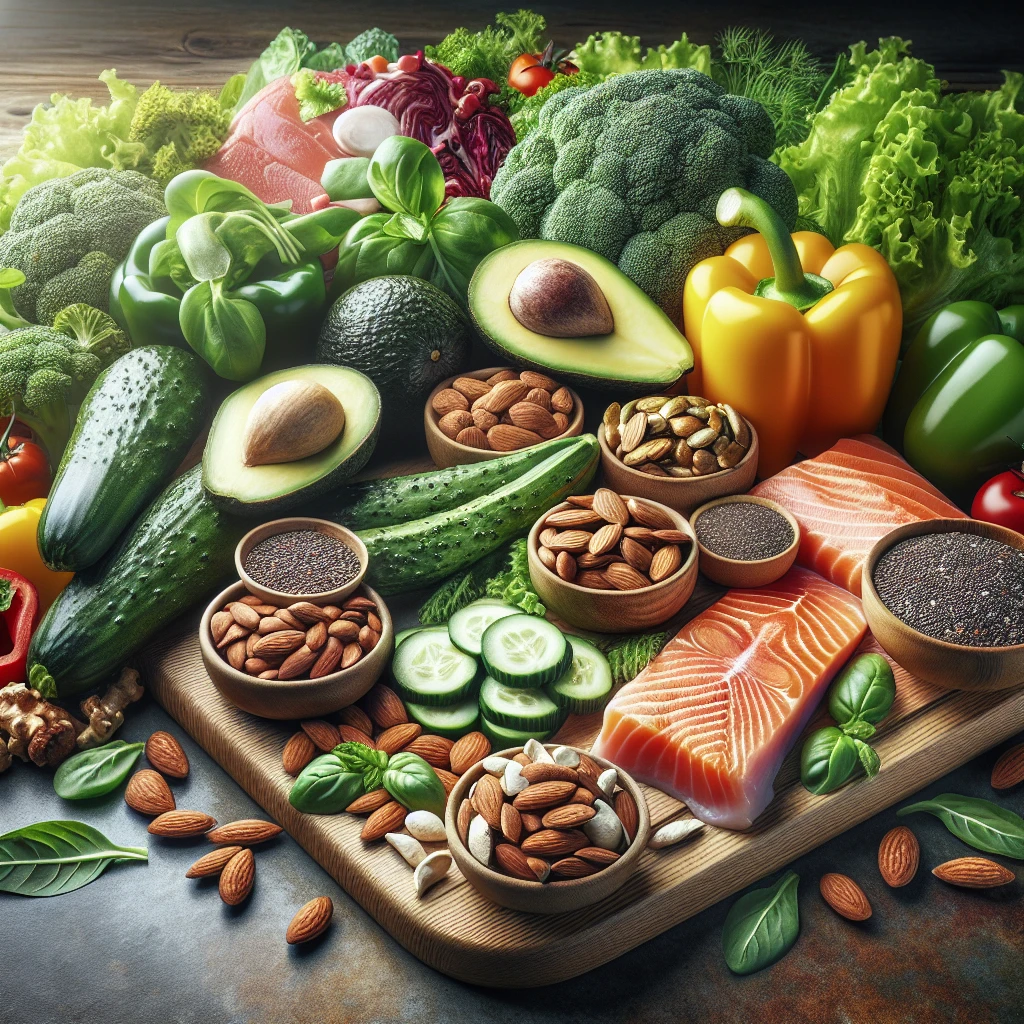
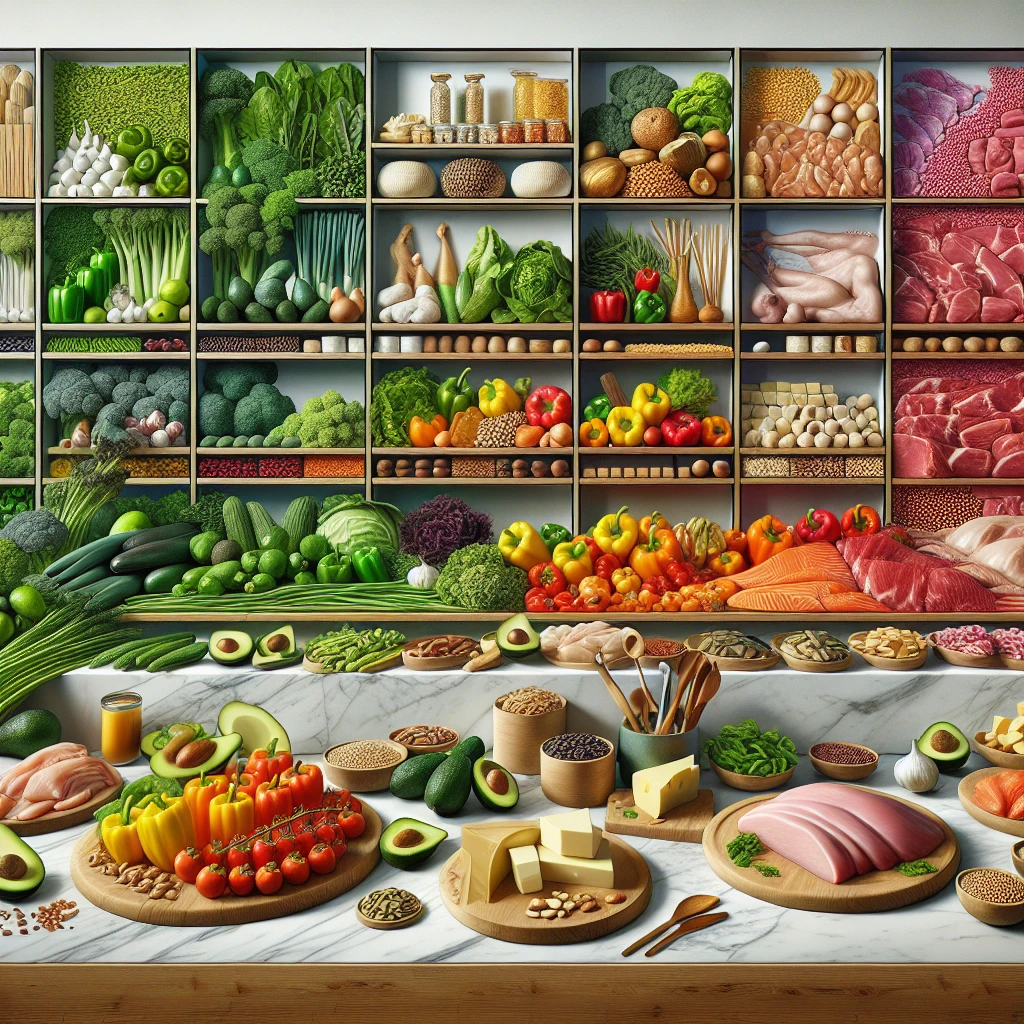
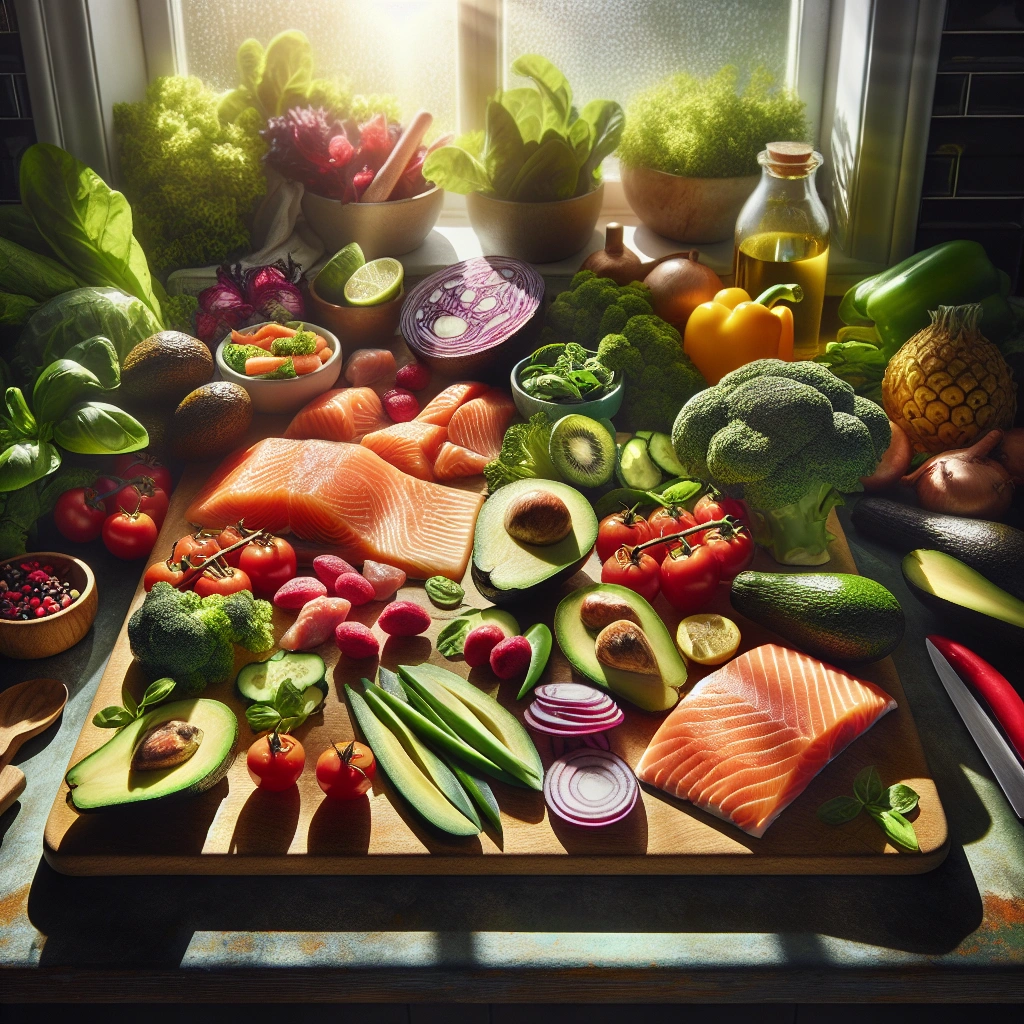
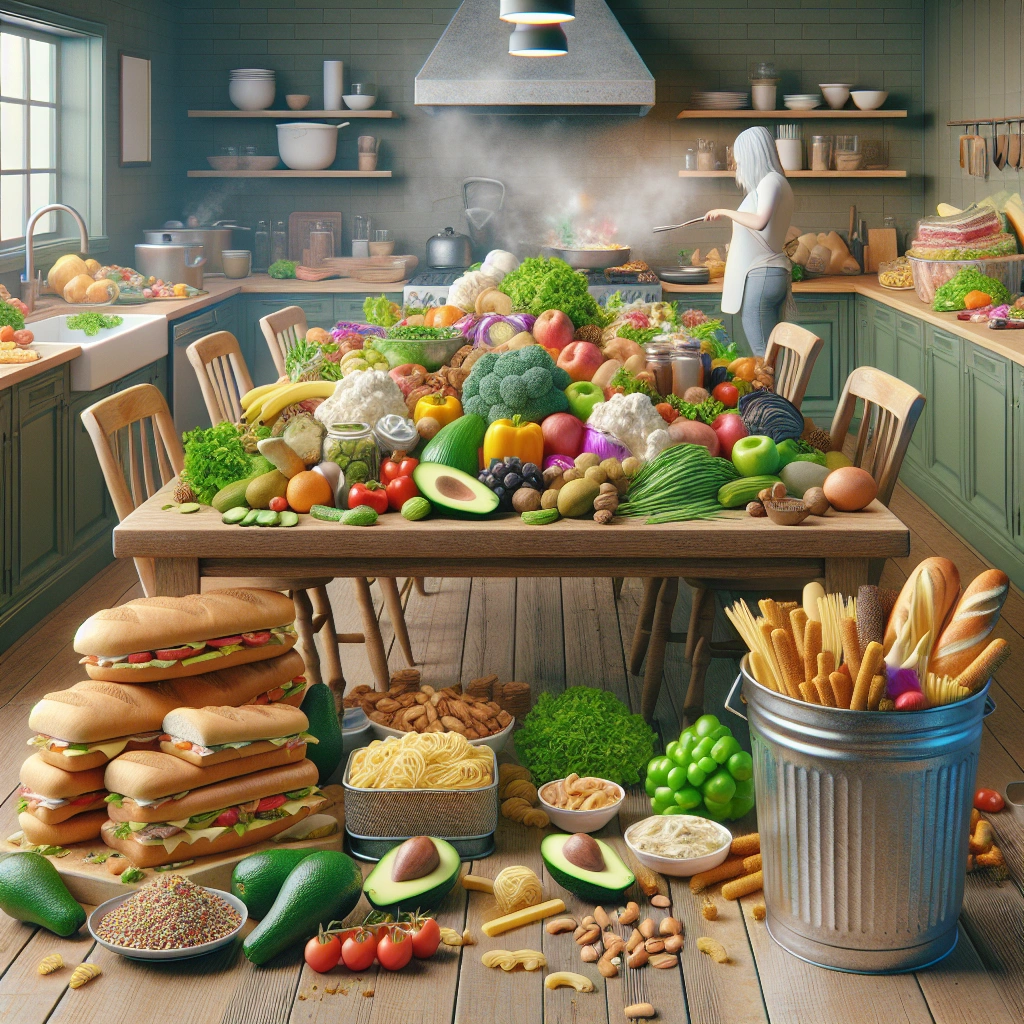
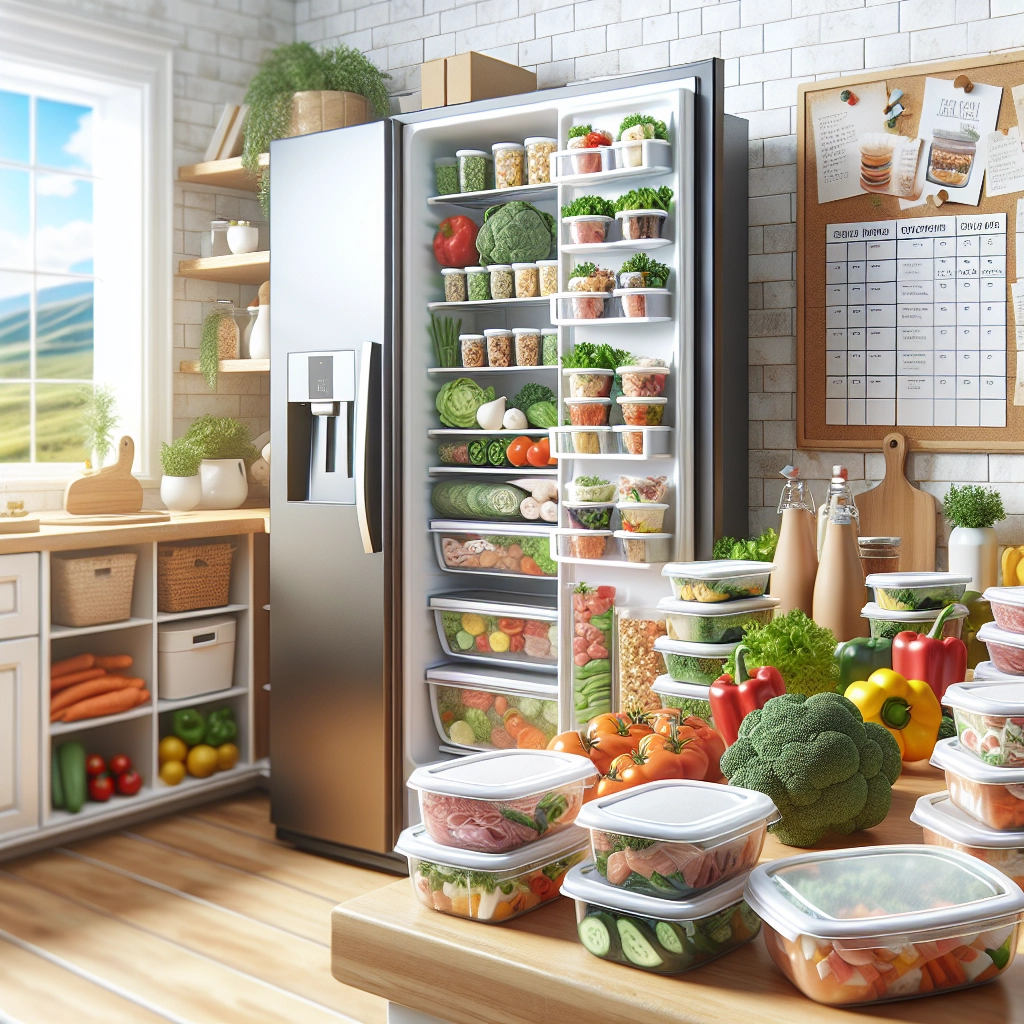
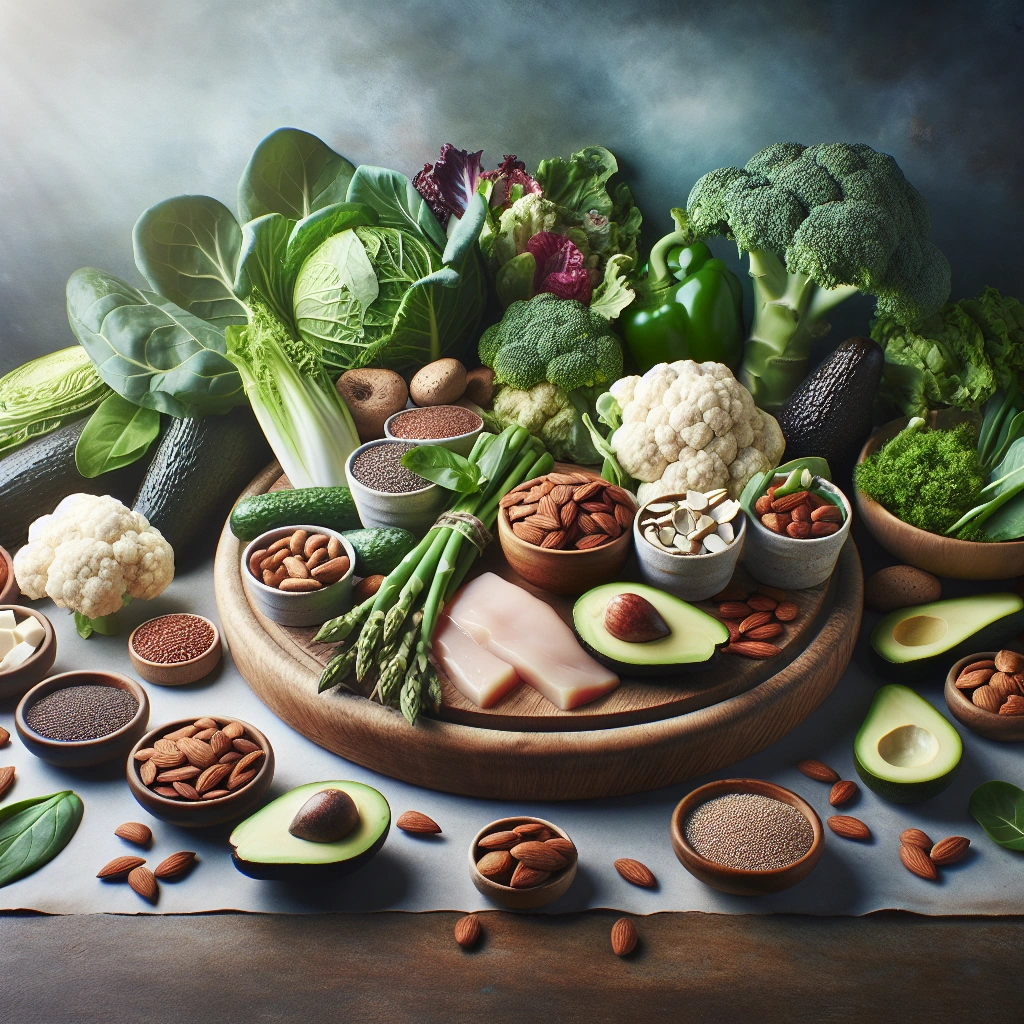

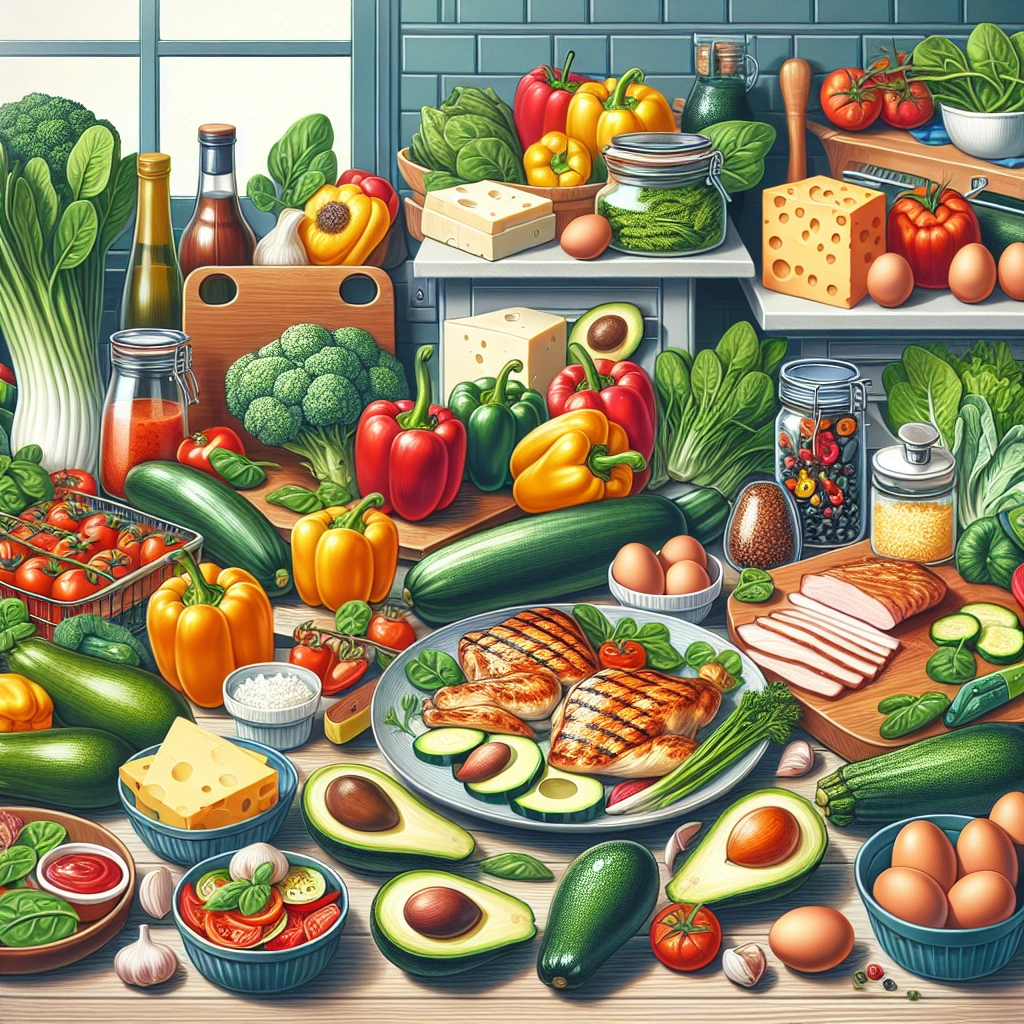
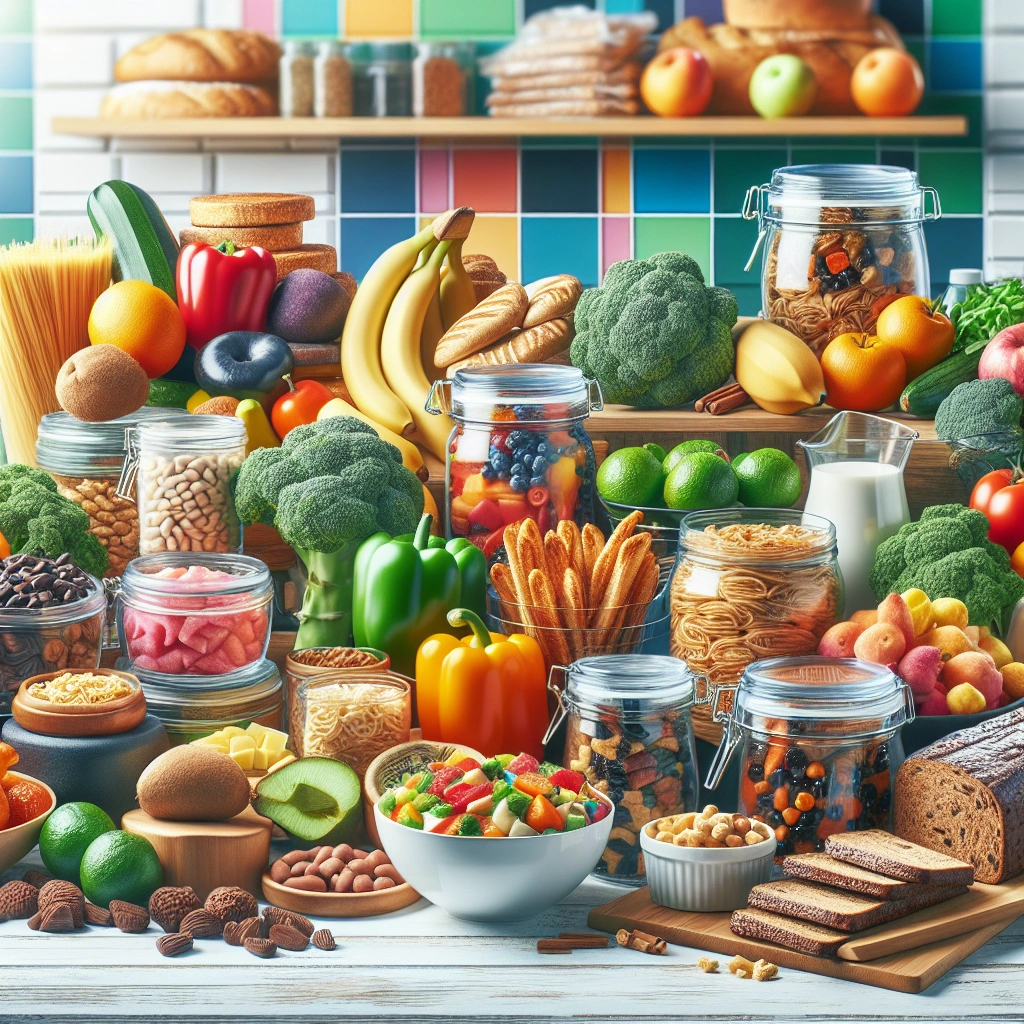
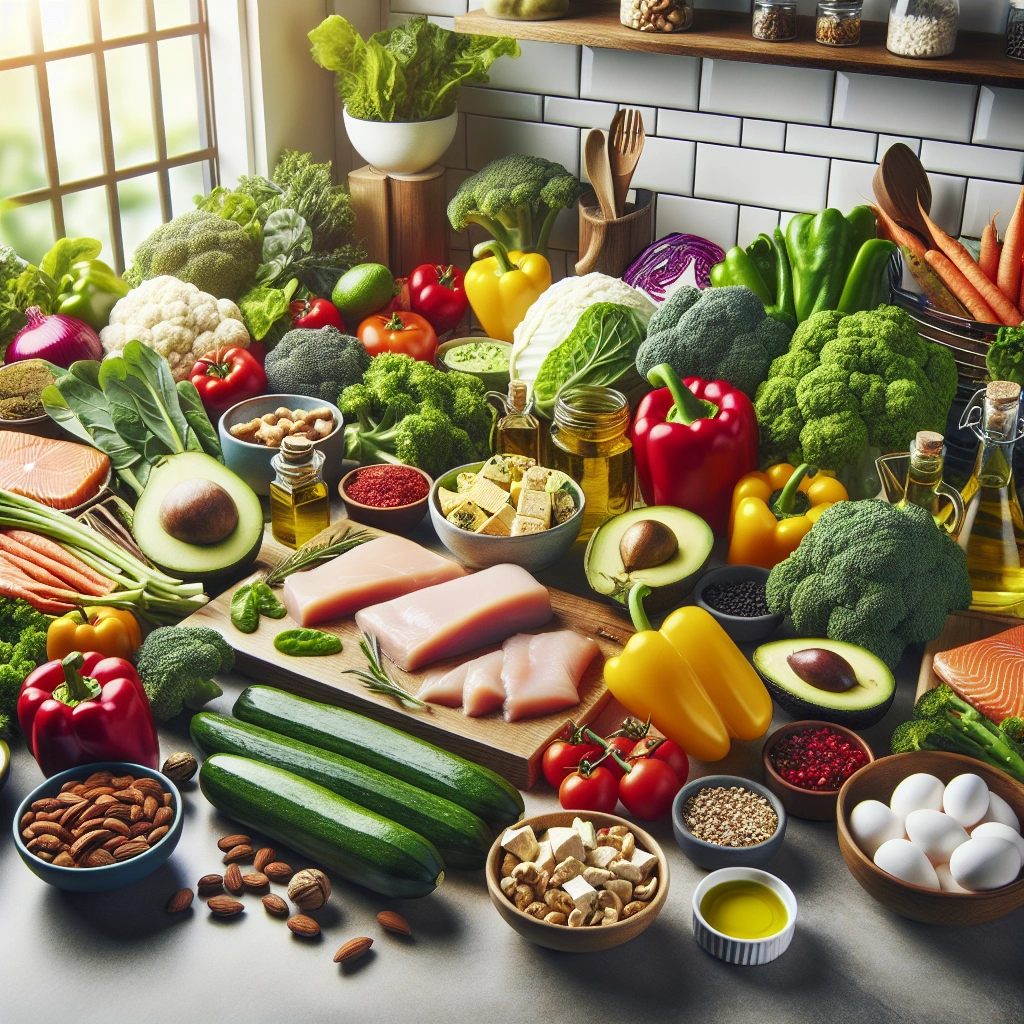

![keto diet what to eat - Recommended Amazon Products for [Keto Diet] keto diet what to eat - Recommended Amazon Products for [Keto Diet] - keto diet what to eat](https://mensventure.com/wp-content/uploads/2023/11/Recommended-Amazon-Products-for-Keto-Diet-1.webp)
![keto diet what to eat - Top Recommended Product for [Keto Diet] keto diet what to eat - Top Recommended Product for [Keto Diet] - keto diet what to eat](https://mensventure.com/wp-content/uploads/2023/11/Top-Recommended-Product-for-Keto-Diet-1.webp)
